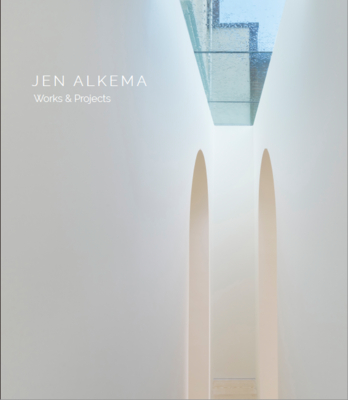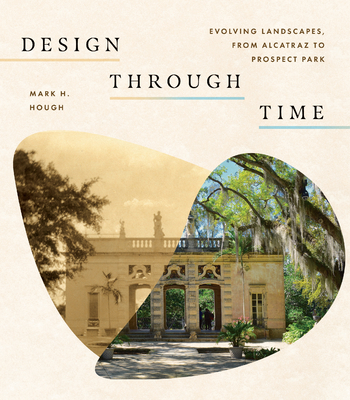
description
9If we see minimalism as a derivative of modernism in art, architecture and music, Jen Alkema is not a minimalist. If, however, minimalism is regarded as a way of thinking shared by numerous cultures throughout the ages, Jen Alkema is a minimalist pur sang. His minimalism goes beyond an economy of language and material; it is a way of perceiving the world, a personal attitude rather than an application of style or method. After receiving his degree at The Academy of Architecture (Amsterdam) and reaching the finals of the prestigious Prix de Rome competition in 1995, Jen Alkema turned his focus to the pure essence of architecture: mass, light, structure, repetition, volume, material. His designs, although austere almost to the point of being chaste, incorporate an innate luxury achieved through the exacting use of materials and attention to detail, a perfection in execution. Paradoxical as it may seem, the creation of this sensuous simplicity demands tremendous skill and discipline. His minimalism goes beyond an economy of language and material; it is a way of perceiving the world, a personal attitude rather than an application of style or method. Alkema's primary objective is not to produce a definitive work of beauty. Rather, he creates the conditions that allow beauty to surface. The design claims its own existence, developing into an undeniable reality. The architect becomes his own instrument, no longer the master. - First monograph of architect Jen Alkema, whose work is focused on stillness, clarity and craftmanship - The book displays a variety of detailed photographs, simple plans, sections, diagrams and text - The book serves foremost as an overall impression of his bespoke and ingenious detailed interior work, furniture and selected projects - Writings by art historian Brigitte van der Sande, and others - Professional architectural photography by Wim Hanenberg, Alexander van Berge, and Victor Duran
member goods
No member items were found under this heading.
Return Policy
All sales are final
Shipping
No special shipping considerations available.
Shipping fees determined at checkout.







